Why North Korea Isn’t Weighing In on the South’s Turmoil?
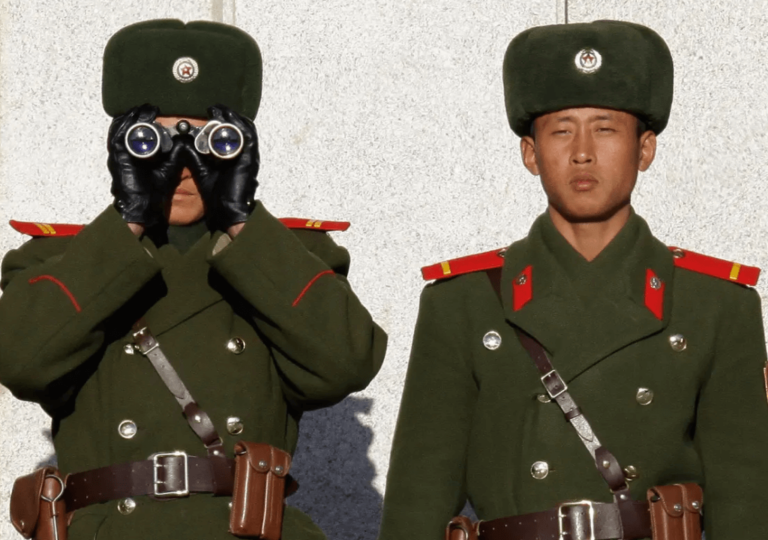
North Korea remains silent amid South Korea's political turmoil, marking a departure from its typical hostile stance

North Korea remains silent amid South Korea's political turmoil, marking a departure from its typical hostile stance

Russia's war in Ukraine has led to high casualties and recruitment challenges, now involving North Korean troops for support
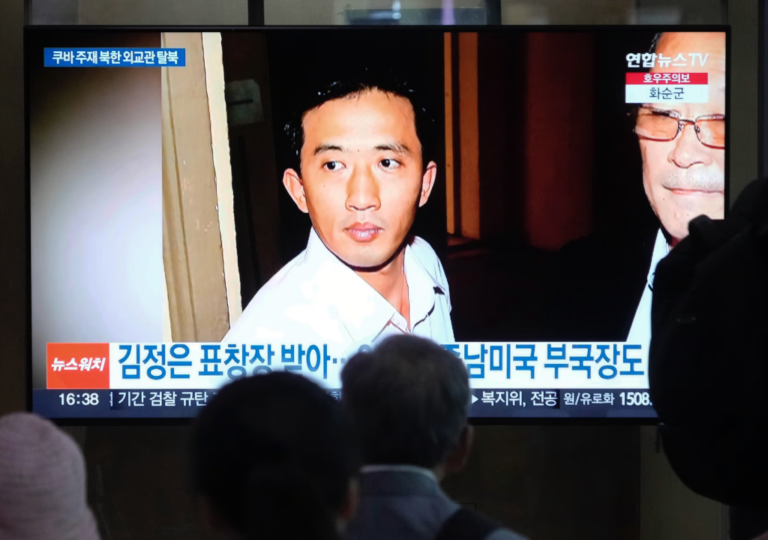
North Korean diplomat Ri Il Kyu defects to South Korea, highlighting growing elite exodus amid tensions
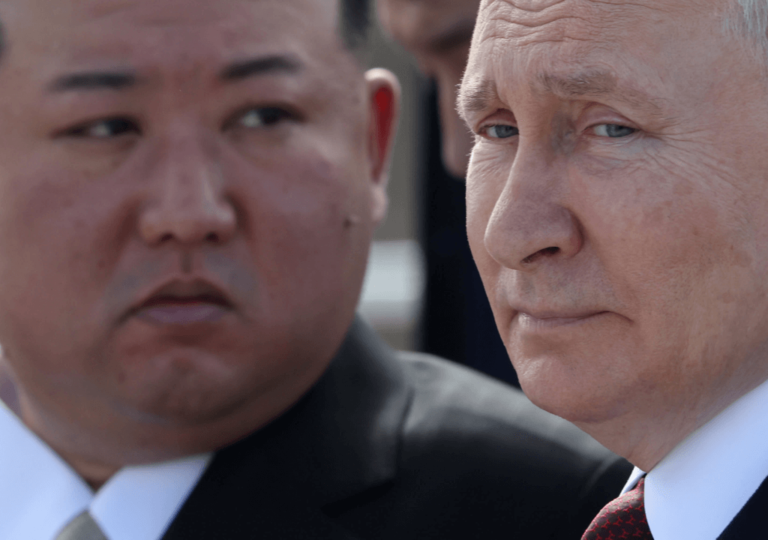
Russian President Vladimir Putin has arrived in North Korea for a summit with Kim Jong-un, marking his first visit to the country since 2000. The meeting aims to deepen their relationship, which has strengthened since Russia's invasion of Ukraine in 2022.
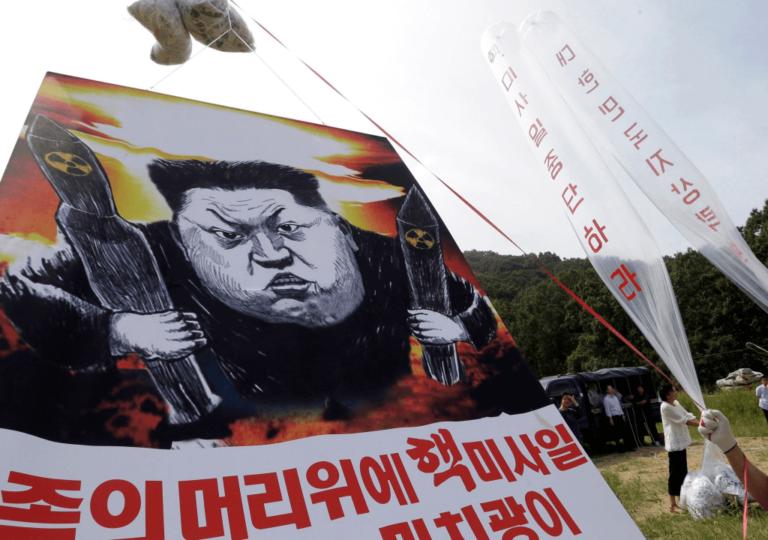
The "Balloon War" between North and South Korea escalates as both sides use balloons to spread propaganda and trash, heightening tensions and straining relations.

North Korea retaliates against South Korea's propaganda balloons by sending balloons filled with feces and trash.
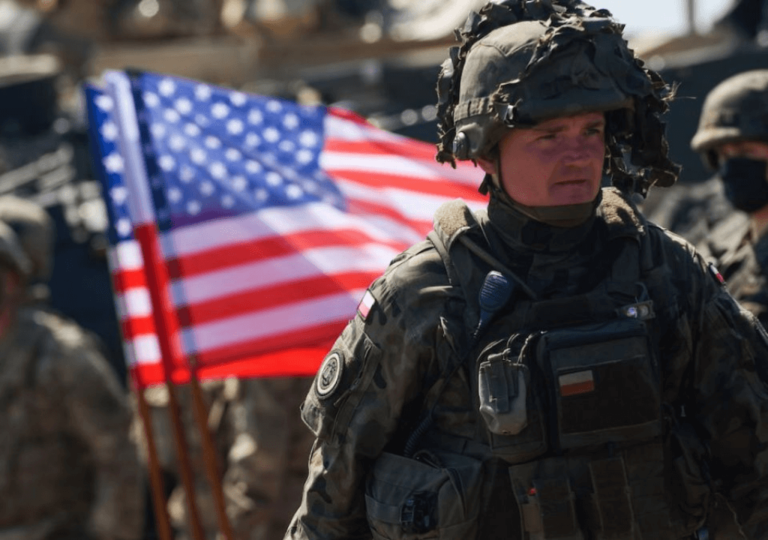
US, Japan, and South Korea conduct joint drills near China, while US and allies dominate South China Sea exercises.
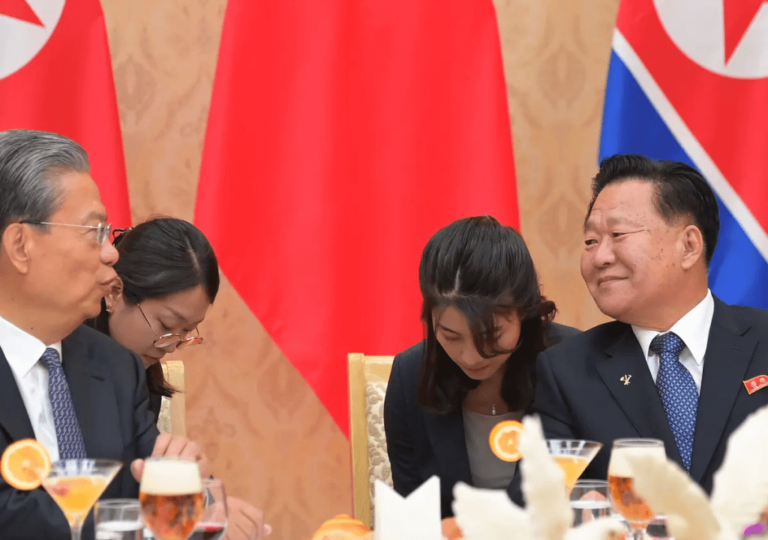
Amidst global power shifts, China strengthens ties with North Korea, impacting regional dynamics. Recent high-level meetings underscore the enduring alliance, raising concerns in East Asia.
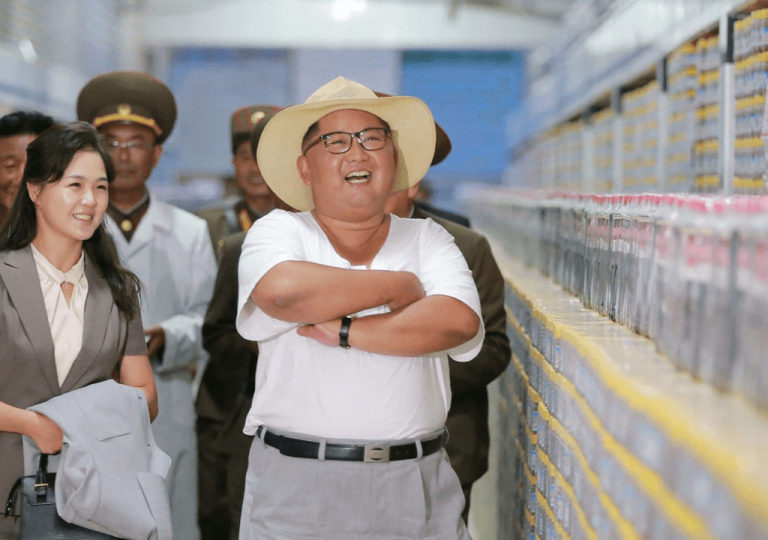
Prospects for Korean reunification remain distant amid escalating tensions. North Korea solidifies its stance as South Korea's "Primary Foe," emphasizing military strength over diplomacy.